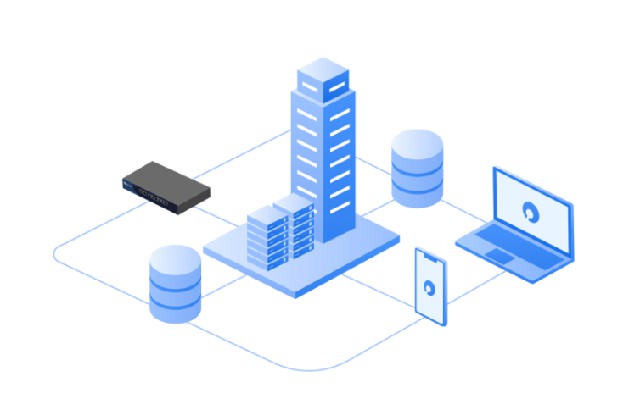Global IT supply chain
International transportation + IT O&M outsourcing + self-owned backbone network
In today’s information-driven era, the importance of remote networking solutions is increasingly prominent as connections between people become more critical. Whether for multinational enterprises, remote education, or international collaboration, an efficient and stable remote networking system has become essential for many organizations and individuals. This article will provide a detailed overview of the solutions and methods for setting up remote networks.

1. Identifying Needs: Breaking Spatial Boundaries
Before setting up a remote network, it’s crucial to identify specific needs. Different organizations or individuals have varying requirements—some need high-speed and stable connections for remote work, while others require secure and reliable networks for international collaboration. Clearly understanding your needs is the foundation for choosing the right solution.
2. Choosing the Right Technology: Connecting Globally
When selecting remote networking technology, decisions should be based on actual needs and budget. Common technologies include VPN (Virtual Private Network) and SD-WAN (Software-Defined Wide Area Network). VPNs create remote connections through encrypted channels, suitable for scenarios requiring high security. In contrast, SD-WAN uses intelligent routing to dynamically manage network traffic, ideal for situations needing high-speed and stable connections.
3. Designing Network Topology: Establishing Efficient Connections
Network topology design is a critical step in setting up remote networks. A well-designed network can significantly improve stability and performance. Depending on actual requirements, you can choose from different network topologies such as star, ring, or mesh to ensure the network architecture fits the specific application scenarios.
4. Ensuring Network Security: Safeguarding Data Transmission
Network security is paramount in remote networking. To ensure data confidentiality and integrity, you can use firewalls, encryption technologies, and other security measures. Regular security vulnerability scans and patches are also essential to protect against potential network threats.
5. Disaster Recovery and Contingency Planning: Handling Emergencies
Disaster recovery and contingency planning are indispensable in remote networking. Rapid response and network restoration are vital in the face of natural disasters, cyberattacks, and other emergencies. You can address these risks by backing up data and setting up backup networks, ensuring network continuity and stability.
6. Performance Optimization and Monitoring: Enhancing Network Efficiency
Finally, performance optimization and monitoring are crucial for maintaining an efficient remote network. Continuous optimization and monitoring can help detect and resolve network issues promptly, ensuring the network remains in optimal condition.
Remote networking solutions are a crucial bridge connecting the world in the modern information age. This approach not only effectively breaks spatial boundaries but also significantly enhances the efficiency of human connections and collaboration. Continuous improvement and refinement of this system will make connections more convenient and efficient. If you need assistance, feel free to consult Ogcloud, your network service provider!

International transportation + IT O&M outsourcing + self-owned backbone network

Cellular chips + overseas GPS + global acceleration network

Overseas server room nodes + dedicated lines + global acceleration network

Global acceleration network + self-developed patented technology + easy linking

Global Acceleration Network + Global Multi-Node + Cloud Network Integration


